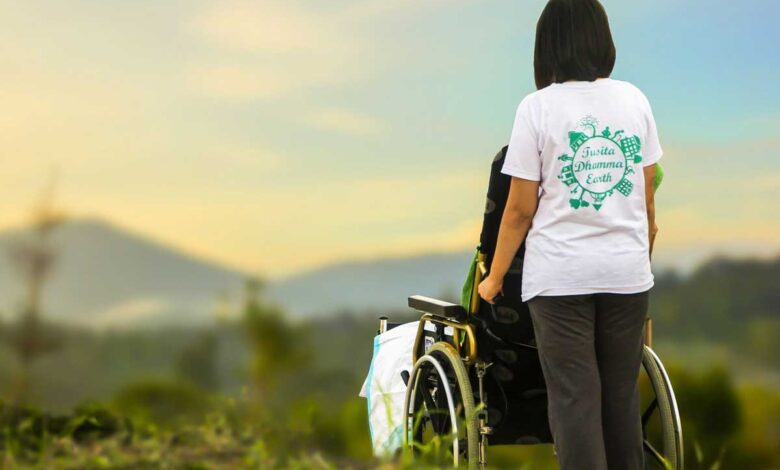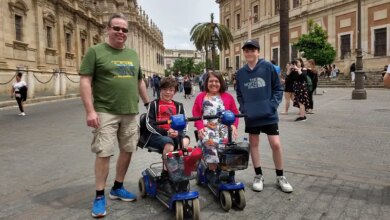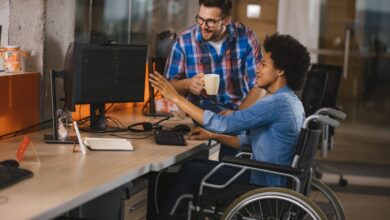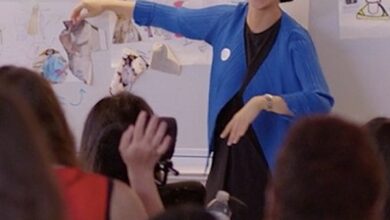The Social Ostracism of the Disabled: A Tale of Discrimination, Deprivation, and Disregard

A first-of-its-kind report on disability produced jointly by World Health Organization (WHO) and World Bank suggests that more than a billion people today experience disability, with a vast majority of people with disabilities living in developing countries.
People with disabilities tend to face adverse multifaceted socio-economic impediments with lower rates of literacy, the prevalence of poverty, poorer health outcomes, and a dearth of economic opportunities available to them. The high rates of poverty engender a further risk of disability due to malnutrition, lack of access to health care and education, clean water and sanitation, and a polluted environment. It also exacerbates poverty levels due to inadequate economic and sustainable living opportunities, lower wages, and increased costs of living due to disability.
According to the World Report on Disability, the number of people with disabilities is increasing. This is largely because populations are aging as older people tend to be at a higher risk of disability and with an increase in global chronic diseases and health conditions such as diabetes, cardiovascular diseases, and mental illness.
Despite being the world’s largest minority, people with disabilities are often forgotten and excluded from the mainstream paradigms and mechanisms dealing with the issues of minorities. Not only they are a minority, but they’re also one of the most vulnerable groups in the world facing heightened discrimination and inequalities, as their needs are often overlooked by governments and international organizations.
A statistical analysis by UNICEF further entails the depth of deprivation as according to it, there are nearly 240 million children with disabilities around the world with disability experienced by every 1 in 10 children across various indicators of education, health, well-being, and protection. Children facing multiple disabilities face multiple compounding challenges and are less likely to be included or heard on every measure and all too often, are completely left behind.
Their lack of social-economic inclusion is cataclysmic as they face discrimination and exclusion across all forums and are left to their devices with little to no assistance which exacerbates the severity of the inequalities and injustices they face regularly. The wide-reaching ramifications of Covid-19 have further debilitated their conditions and deprived them of any opportunity to participate as well-functioning members of the society with affected sectors such as education, health, sustainable living, and transport considerations.
In societies where social ostracization has become a norm, the promise of hope for people with disabilities seems bleak. What adds further to the dismal is the lip service or mere tokenism of the international organization on the issue of rights and justice for people with disabilities. The 2030 Agenda for Sustainable Development states that disability cannot be a reason for the lack of access to development and realization of human rights. However, no concrete mechanism or operational modalities exist in a place that focuses on mainstreaming the rights of people with disabilities and working towards their socio-economic inclusion across all development frameworks.
Even though the Sustainable Development Goals (SDGs) include seven targets that explicitly refer to persons with disabilities, and six further targets for persons in vulnerable situations, which include persons with disabilities, we are yet to witness a groundbreaking framework solely focused on the needs and rights of the disabled population of the world.
Disability covers a great variety of people including old age, youth as well as children with disabilities however they are not a homogenous group. There exist significant inequalities across different indicators with old age and women with disabilities are likely to experience higher inequalities than others. For instance, women and girls with disabilities face double discrimination on account of their gender first, and their disability, and are also particularly vulnerable to violence and abuse. School enrollment differs for children with impairments; children with physical disabilities fare better than those with intellectual and sensory impairments. The most excluded from the economic machinery are the ones with intellectual disabilities or mental health issues.
Some efforts are underway for the socio-economic inclusion of people with disabilities such as the World Bank’s Global Partnership for Education (GPE) which aims at making schools safe, healthy, and inclusive. GPE also focuses on equity and inclusion across all its policies and programs to ensure the realization of human rights without discrimination.
With a higher population of people with disabilities residing in developing countries, initiatives such as Darul Sukun, Sirat-ul-Jannah, Karachi Vocational Training Centre for the Differently Abled (KVTC), and many others in Pakistan are note-worthy. All these organizations in Pakistan are working towards building an inclusive society for people with disabilities whereby they get a preferential status in access to health, education, food, shelter, and employment opportunities, providing them with the necessary skills and training to empower them for all walks of life.
Given the gravity of the injustices faced, there’s a dire need for disability-inclusive policies and programs, and implementation strategies that ensure proper funding and resource allocation. The international community must take up the cause in all its seriousness and commit to the social, economic, and cultural inclusion of the differently abled and invest in strengthening their capacities and delivering services to people with disabilities. Policymakers and health providers must guarantee a human rights-based approach, people-centric, and non-discriminatory health services.
It is high time to rectify the cultural stigma through appropriate awareness and sensitization around disability. Global leaders, as well as the relevant UN bodies, should address the intersectional dimensions of discrimination faced by disabled people such as poverty, gender inequality, gender-based violence that further aggravate their vulnerability. Interventions to be undertaken to mitigate entrenched patterns of inequality and injustices by establishing supportive and nurturing environments giving them a fair chance to lead a dignified life.
Life is full of ups and downs for a person with a disability not only due to their mental and physical incapacitation but especially due to the neglect and apathy of the society they live in. Realization of the feelings and needs of the differently abled is the first step towards their social inclusion, which inculcates actualization of the challenges they face and mobilizing efforts to reduce their daily impediments. No human being in this world should feel left out due to his/her limitations and feel deprived of experiencing a holistic and healthy life. It is our duty as responsible citizens that those people feel welcomed and included in all walks of life and their disability and impairments do not contribute to their experience of discrimination, but rather to one of love, empathy, and unconditional support.




